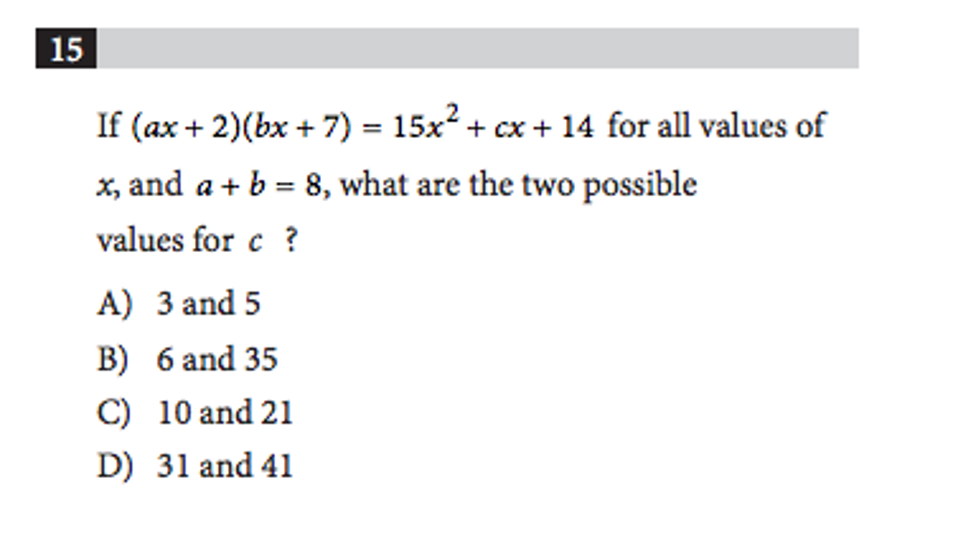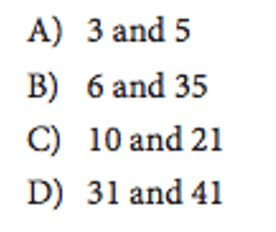In this guide, we’ll explore 3 practical tips to problem solving in math includuing strategies to help your homeschooler approach math problems with confidence, creativity, and a problem-solving mindset.

Problem-solving is at the heart of learning math, especially in a homeschool setting where personalized teaching can cater to each student’s unique learning style. Developing problem-solving skills not only enhances mathematical understanding but also fosters critical thinking and perseverance—key traits for success in any subject.
As a homeschooling parent or teacher, you have the flexibility to create engaging, hands-on learning experiences that make math concepts relatable and enjoyable.

Sign up below to get your copy of this infographic that shows how to approach learning math in the classroom.
Click to view this and other selections of digital products
The Importance of Language in Problem Solving
Math word problems are written in a spoken language. In this article we reference word problems written in English.

In understanding how to solve word problems, we need to understand how to translate words from English into Math, For example, the word “and” in English translates to the meaning of “addition” in Math. Equally as important is Math vocabulary. It exists to help us communicate the important steps to problem solving questions.
Click here to learn how to translate English into Math symbols
Three Important Tips to Problem Solving in Math
This blog contains affiliate links to highlighted websites to help master math skills. By clicking on the links and making a purchase we may earn a small commission at no extra cost to you. Click here for full disclosure.
Mastering Essential Math Skills: 20 Minutes a Day to Success, Book 2: Middle Grades/High School

In mastering problem solving skills, we look at the importance behind each step in the our 3-step solution strategy. We provide a sample question to show the significance of each step in solving questions in math.
There are important aspects to consider when it comes to problem solving questions in math.
The ETI Academy recommends a 3 step approach we refer to as the given, find, solution (GFS) method, where in each step there is one main focus.
Step 1 – What information is (given) to help solve the problem?
In this step we focus on what information is beneficial to solving the problem. Most word problems may also include information that sets the stage for the problem, but really has no value in helping to solve the question.

Consider ways to help the given information stand out in the word problem. You could highlight or underline relevant information, or cross out any irrelevant information!
Step 2 – What is the problem asking us to (find)?
In this step we focus on what the question is asking to find or to determine. This may seem obvious, but this step will help decide the path to the solution so it should not be overlooked!

Step 3 – What is the (solution) to the problem?
In this step we focus on what the best solution is to turn a complicated answer into simple calculations.

It is also important to remember that with practice makes perfect, so keep working on solving math problems using our GFS method and you will find in time that solving problems should become easier, in math, and in real life!
In order for us to show you how to use the GFS method, we provide a sample math problem in Algebra that was used as a question on a previous SAT test.
A Sample Math Problem:

Step 1:

Start with what you are given, as underlined in red above. We also should recall the rules for expanding polynomials as shown in the first part of the question. It is important to note if a + b = 8 and ab = 15, then the only numbers to add to 8 and multiply to give 15 are 3, and 5. Therefore we have the values for a and b.
Step 2:

We have to find the two possible values of c. In following the rules for expanding polynomials, we must multiply and then add. Therefore cx = (7a + 2b)x or simply c = (7a + 2b).

Step 3
When we place the values for a = 3 & b = 5 in the polynomial we get;
(i) (3x + 2)(5x + 7) = 15x² + 31x + 14
or
When we place the values for a = 5 & b = 3 in the polynomial we get;
(i) (5x + 2)(3x + 7) = 15x² + 41x + 14
Therefore the answer is (D)
Click here for more SAT Math based practice questions
Math Problem Solving Made Easy Video
Watch our video to see how the 3-step solution (and believing in their abilities) can help students with mastering their math problem solving skills and improving learning goals.
Related Topics
Click here for more related topics in mathematics brought to you by EduKitchen – Recipes for Learning
- Math Rubrics for the Homeschool Classroom
- Teaching Math as a Language to Children
- 5 Ways to Support Children Struggling with Math Anxiety
- Why Math Can Be Really Hard for Children
- 5 Ways to Improve Math Skills in Children
Join Our Newsletter Community Today!

Final Thoughts…
Every solution that works in math turns a complicated calculation into a simple calculation that comes down to one, or a combination of the basic operations in; addition, subtraction, multiplication, or division when working to find the answer.
Keep practicing answering math questions in this way and you will find it gets easier to solve problems as you quickly learn to recognize the key elements. It may get frustrating at times if the solution does not seem to work the first time, but don’t fret just go back a step to make sure you have all you need to help solve the problem.
Share Your Thoughts
We hope you found our step by step analysis helpful and will be encouraged to use this method when problem solving questions in Math. Let us know in the comments below!



